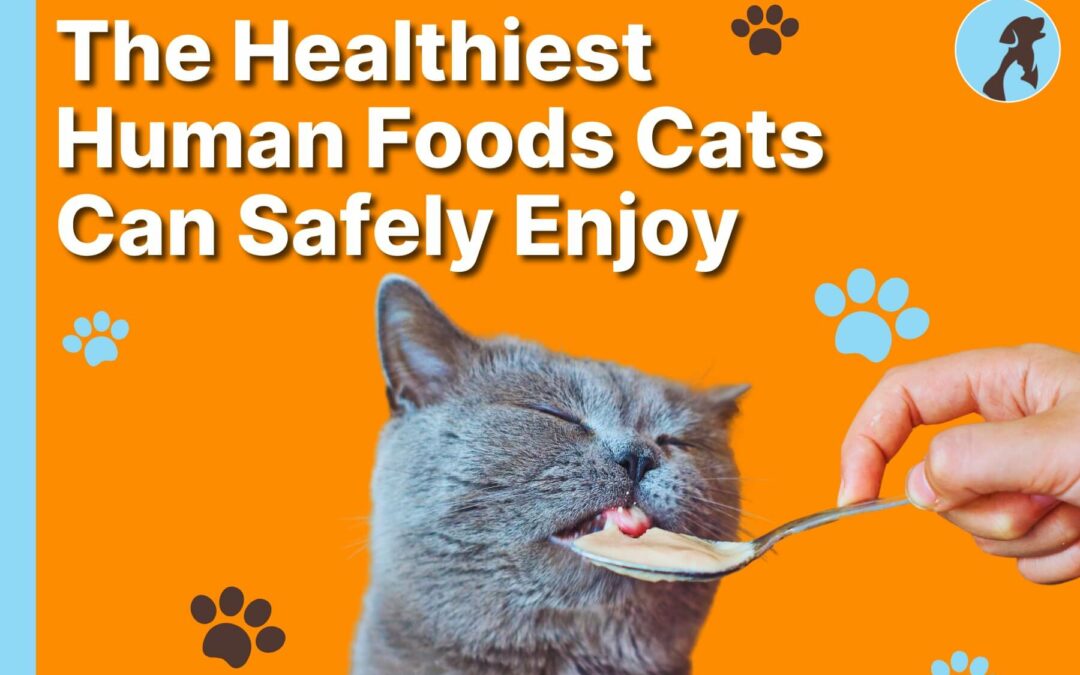Cats are known for their finicky eating habits, but did you know that some human foods can actually be beneficial for them? “The Healthiest Human Foods Cats Can Safely Enjoy” delves into a variety of nutritious options that can be safely shared with your feline friend. From lean meats to certain fruits and vegetables, this guide highlights vet-approved choices that can add variety and health benefits to your cat’s diet.
Whether you’re looking to supplement their regular meals or offer an occasional treat, discover which human foods can provide a tasty and wholesome addition to your cat’s nutrition.
How to Feed Cats Human Foods
Feeding your cat human foods requires careful consideration to ensure their health and safety. Here are some essential guidelines to follow:
-
- Consult with a Veterinarian: Before introducing any human foods into your cat’s diet, consult your veterinarian to ensure they are safe and suitable for your cat’s specific health needs.
- Introduce Slowly: Introduce new foods gradually to monitor for any adverse reactions or allergies. Start with small amounts and observe your cat’s response.
- Avoid Toxic Foods: Certain human foods are toxic to cats and should be avoided at all costs. These include chocolate, onions, garlic, grapes, raisins, caffeine, alcohol, and anything containing xylitol.
- Cooked and Plain: Offer human foods that are cooked and unseasoned. Avoid giving your cat raw or heavily seasoned foods, as these can be harmful to their digestive system.
- Balanced Diet: Human foods should complement, not replace, a balanced cat diet. Ensure that the majority of your cat’s nutrition comes from high-quality commercial cat food.
- Portion Control: Human foods should only be given as occasional treats. Overfeeding can lead to obesity and other health issues.
- Safe Foods: Some safe human foods for cats include cooked chicken, turkey, salmon, tuna, eggs, carrots, and pumpkin. Ensure these are plain and free from any harmful additives.
- Monitor for Reactions: After feeding your cat human food, watch for any signs of digestive upset, such as vomiting or diarrhea, and discontinue the food if any issues arise.
- Hydration: Ensure your cat has access to fresh water, especially if they are consuming dry human foods that may increase their thirst.
Here are the Lists of Healthiest Human Foods Cats Can Safely Enjoy
Chicken
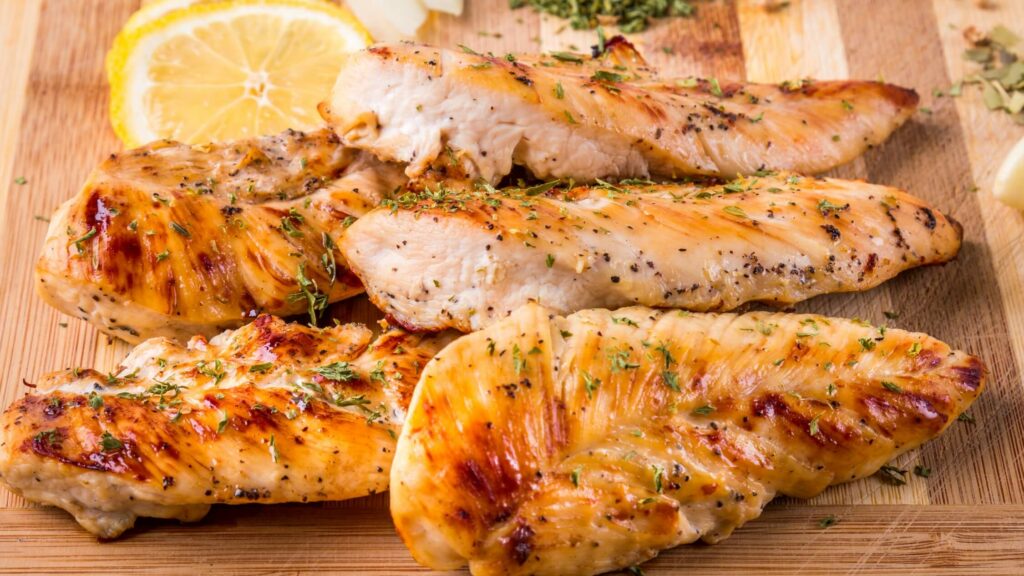
Cooked chicken is a highly nutritious and appealing treat for cats, offering a rich source of lean protein essential for maintaining muscle mass and overall health. When preparing chicken for your feline friend, ensure it is thoroughly cooked without any seasoning, salt, or additives, as these can be harmful to cats. Boneless, skinless chicken breast is the best option, as it is low in fat and easy to digest. Serve the chicken in small, manageable pieces to prevent choking hazards and to make it easier for your cat to eat. This simple, wholesome snack can be an excellent supplement to your cat’s regular diet, providing a delicious and healthy addition to their meal routine.
Salmon
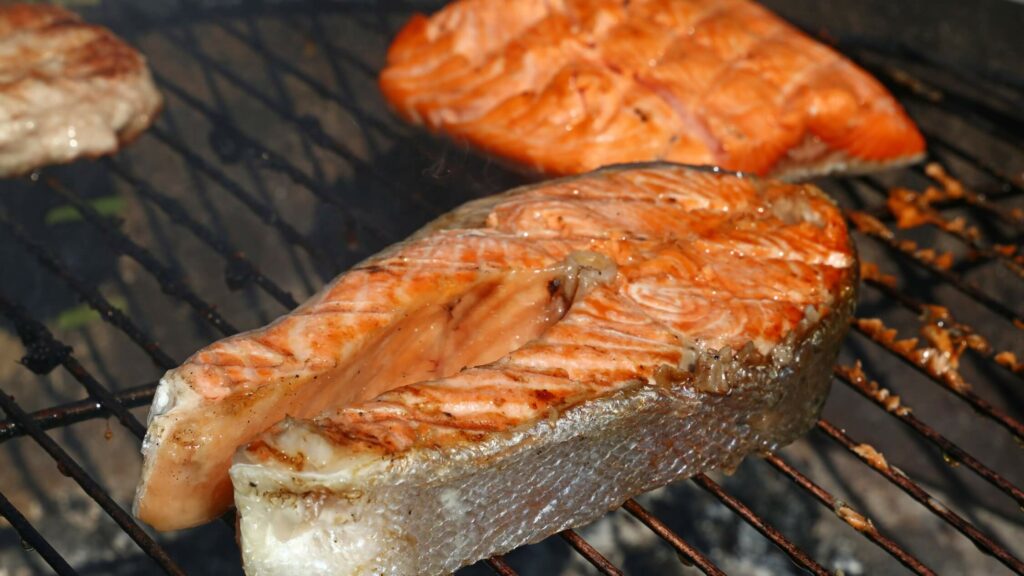
Salmon is a delectable and nutritious treat for cats, packed with high-quality protein and essential omega-3 fatty acids that support healthy skin, a shiny coat, and overall well-being. When offering salmon to your cat, it is crucial to ensure it is fully cooked and free from any seasoning, salt, or additives, as these can be harmful. Fresh or canned salmon can be used, but it should be boneless to prevent any choking hazards or digestive issues. Serve the salmon in small, bite-sized pieces to make it easy for your cat to enjoy. As a rich and flavorful treat, salmon can be an excellent occasional supplement to your cat’s diet, providing them with a taste of the sea and numerous health benefits.
Oatmeal
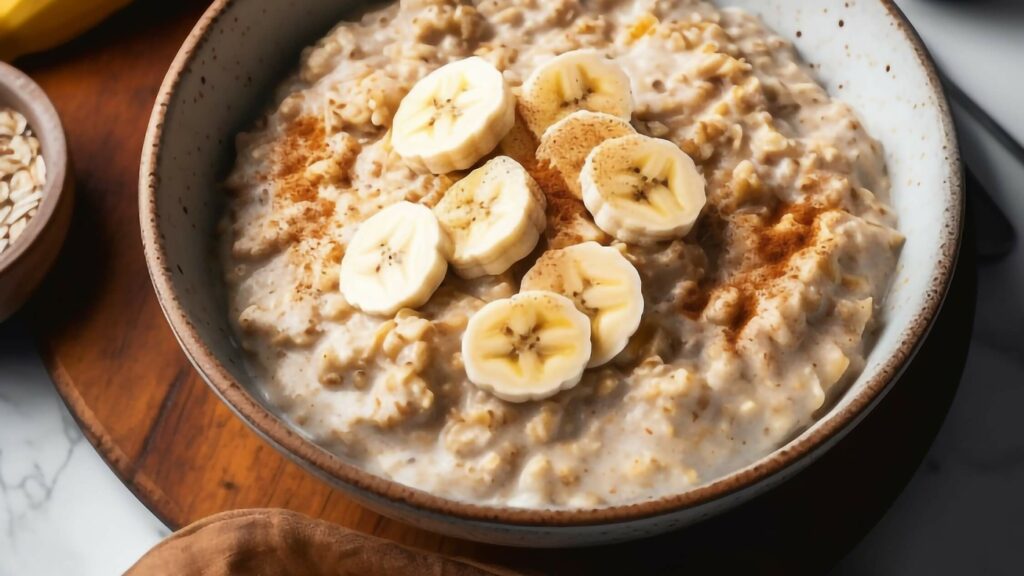
Oatmeal can be a nutritious and wholesome treat for cats, offering a good source of dietary fiber, vitamins, and minerals. When preparing oatmeal for your feline friend, cook it plain without any added sugar, salt, milk, or flavorings, as these can be harmful to cats. Use water to cook the oats and ensure they are fully cooled before serving. A small spoonful of oatmeal can be mixed into your cat’s regular food or offered as an occasional treat. The fiber in oatmeal can aid in digestion and promote a healthy gut, making it a beneficial addition to your cat’s diet. However, oatmeal should be given in moderation, as too much can lead to digestive upset.
Eggs
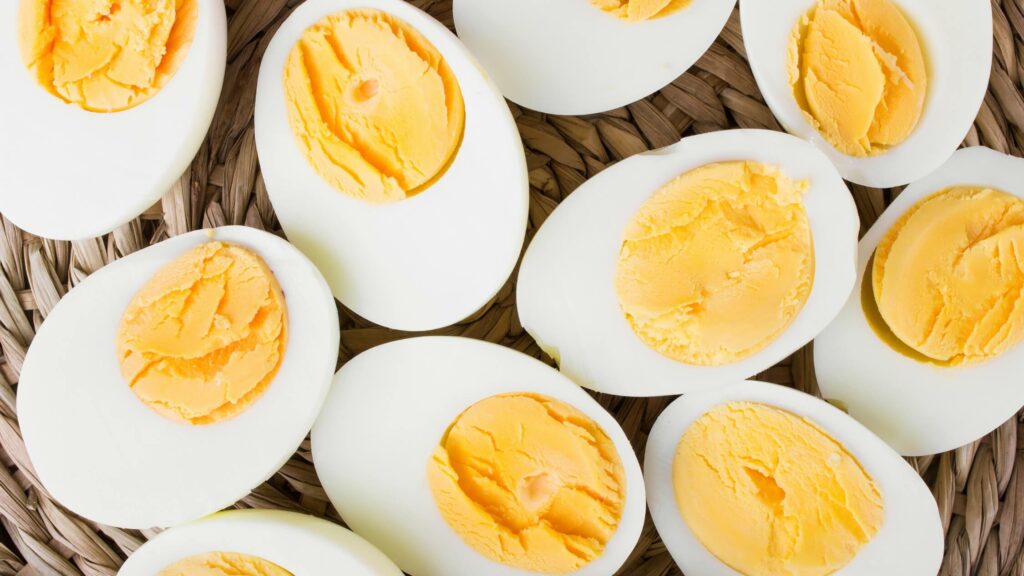
Eggs are a highly nutritious treat for cats, providing an excellent source of high-quality protein, healthy fats, and essential vitamins and minerals. When preparing eggs for your cat, ensure they are fully cooked—scrambled, boiled, or poached without any added salt, spices, or oil. Raw eggs should be avoided due to the risk of bacterial contamination and potential interference with nutrient absorption. Serve the cooked eggs in small, manageable pieces or mixed into your cat’s regular food. Eggs can be an occasional treat that supports muscle maintenance, energy levels, and overall health. However, moderation is key, as excessive egg consumption can lead to an imbalance in your cat’s diet.
Pureed Carrots and Spinach
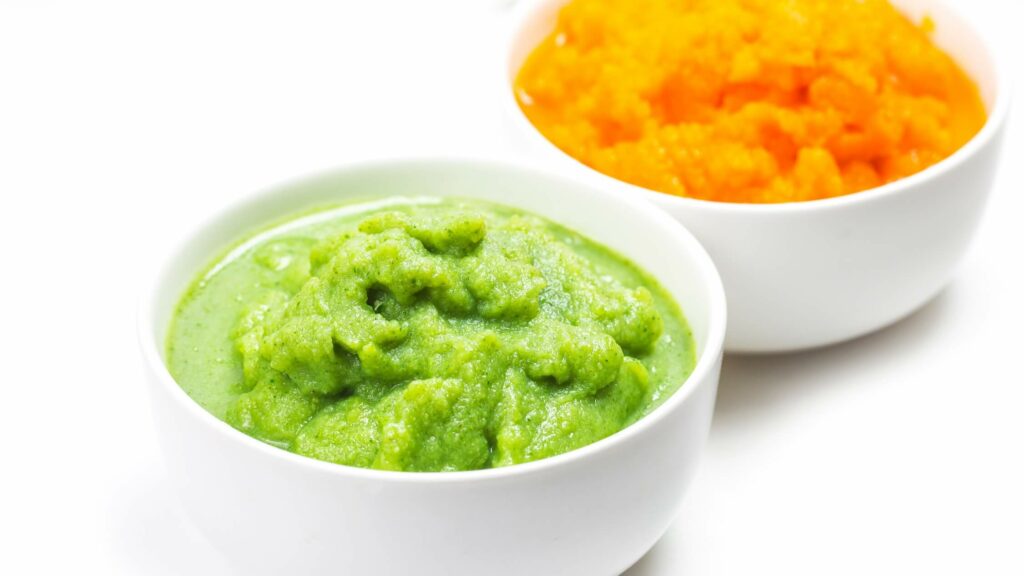
Pureed carrots and spinach can be a nutritious addition to a cat’s diet when prepared appropriately. Carrots are rich in beta-carotene, which supports eye health, while spinach provides vitamins and minerals like iron and calcium. When pureeing these vegetables for your cat, ensure they are cooked thoroughly to enhance digestibility. Avoid adding any seasoning, salt, or oils, as these can be harmful to cats. Serve the pureed mixture in small amounts mixed with your cat’s regular food to introduce variety and additional nutrients. However, it’s essential to consult with your veterinarian before introducing new foods to ensure they are suitable for your cat’s individual dietary needs and health conditions.
Pumpkin
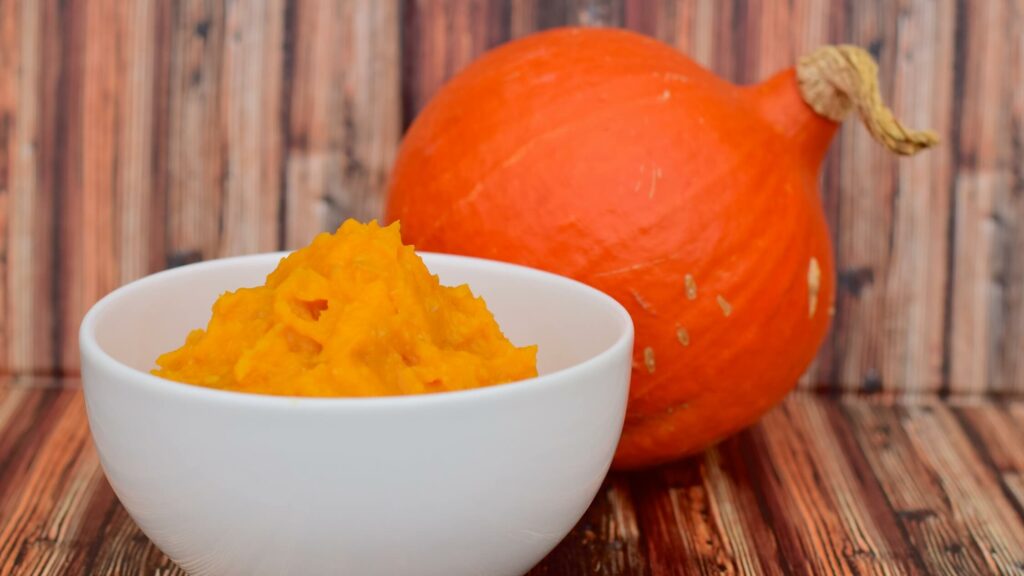
Pumpkin is a nutritious and beneficial addition to a cat’s diet, especially known for its digestive health benefits. Rich in fiber, pumpkin can help regulate digestion by either firming up or loosening stool as needed, making it particularly useful for cats struggling with constipation or diarrhea. When offering pumpkin to your cat, ensure it is plain, cooked, and pureed, without any added sugars, spices, or flavorings. Serve a small amount mixed into your cat’s regular food or as a standalone treat. Pumpkin also provides vitamins A, C, and E, which contribute to overall immune health and skin health. As with any new food, introduce pumpkin gradually and consult with your veterinarian to ensure it aligns with your cat’s specific dietary requirements and health conditions.
Cheese
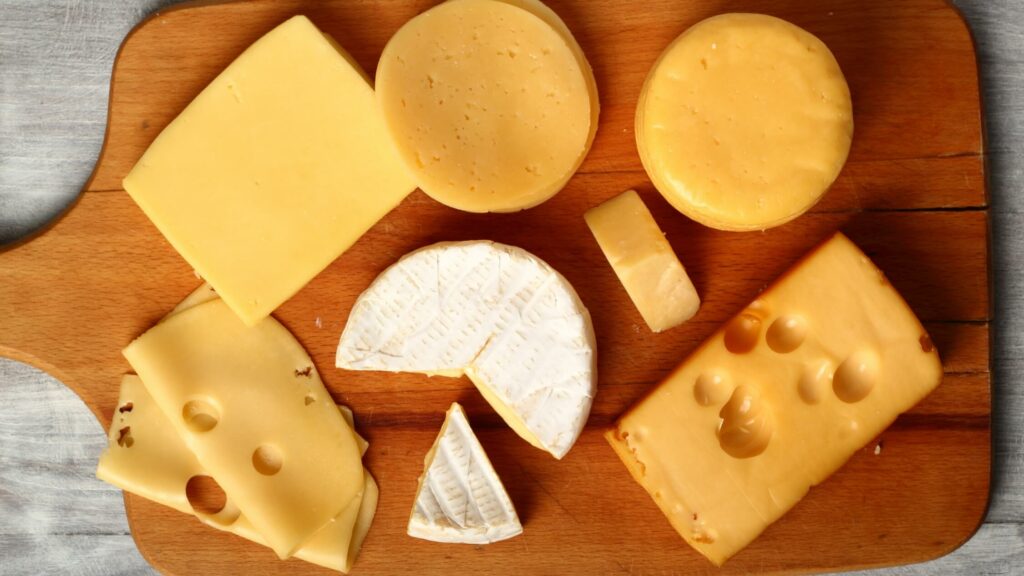
Cheese can be a tasty and enticing treat for cats, enjoyed for its creamy texture and savory flavor. However, it should only be given sparingly and in small amounts due to its high fat and lactose content, which can be difficult for many cats to digest. Opt for low-lactose varieties like cheddar or mozzarella, and avoid cheeses with added flavors, herbs, or seasonings. Cut the cheese into tiny pieces or shreds to make it easier for your cat to eat. Cheese can be used as an occasional treat or a reward during training sessions, but it should not replace a balanced cat diet. Always monitor your cat for any signs of digestive upset or sensitivity after giving cheese, and consult with your veterinarian if you have any concerns about incorporating it into your cat’s diet.
Cooked Turkey
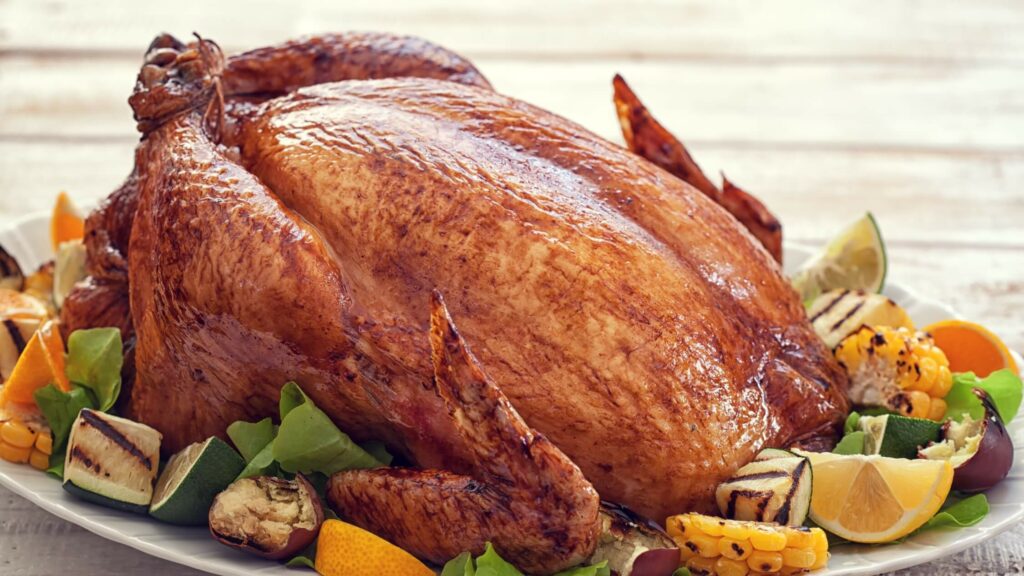
Turkey is a lean and protein-rich meat that can be a healthy addition to a cat’s diet when prepared properly. It provides essential nutrients such as vitamins B6 and B12, niacin, and phosphorus, which support overall health and vitality. When offering turkey to your cat, ensure it is cooked thoroughly and served plain, without any seasoning, salt, or additives. Remove any bones, as they can pose a choking hazard or cause digestive issues. Turkey can be served as small, bite-sized pieces or shredded, either as a standalone treat or mixed into your cat’s regular food for added variety. Moderation is key, as excessive consumption of any meat can lead to dietary imbalances. As with introducing any new food, observe your cat for any signs of digestive upset or allergies, and consult with your veterinarian before making significant changes to their diet.
Cooked Peas
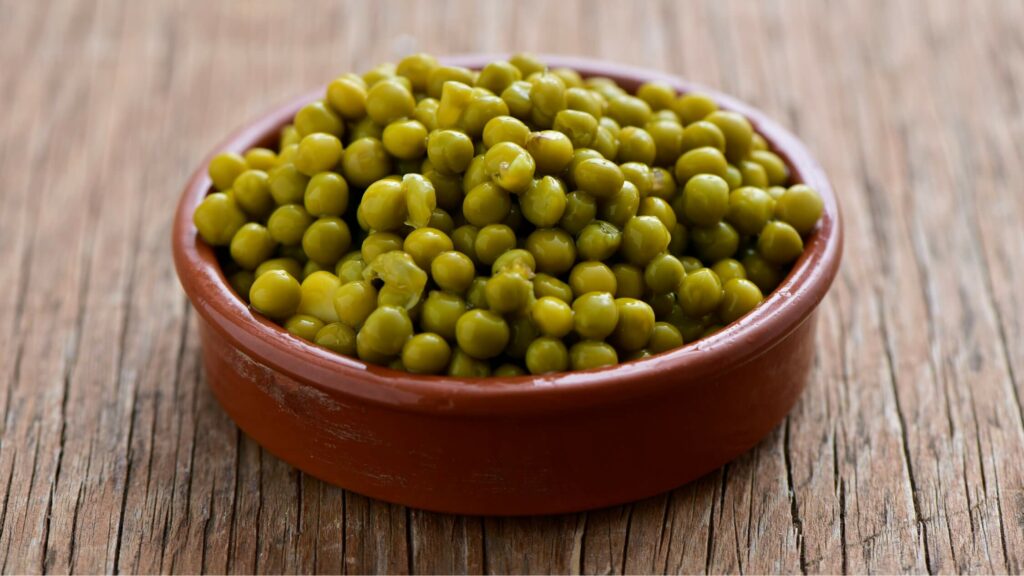
Cooked peas can be a nutritious and fiber-rich addition to a cat’s diet, providing essential vitamins like vitamin K and manganese. When preparing peas for your cat, ensure they are thoroughly cooked and served plain, without any seasoning, salt, or additives. Peas should be soft enough for easy digestion and served in small quantities as an occasional treat or mixed into your cat’s regular food for added texture and nutrition. The fiber in peas can aid in digestion and help regulate bowel movements, making them beneficial for cats with gastrointestinal issues. As with any new food, introduce peas gradually and monitor your cat for any signs of digestive upset or allergies. If you have concerns about incorporating peas into your cat’s diet, consult with your veterinarian for personalized advice.
Fruits
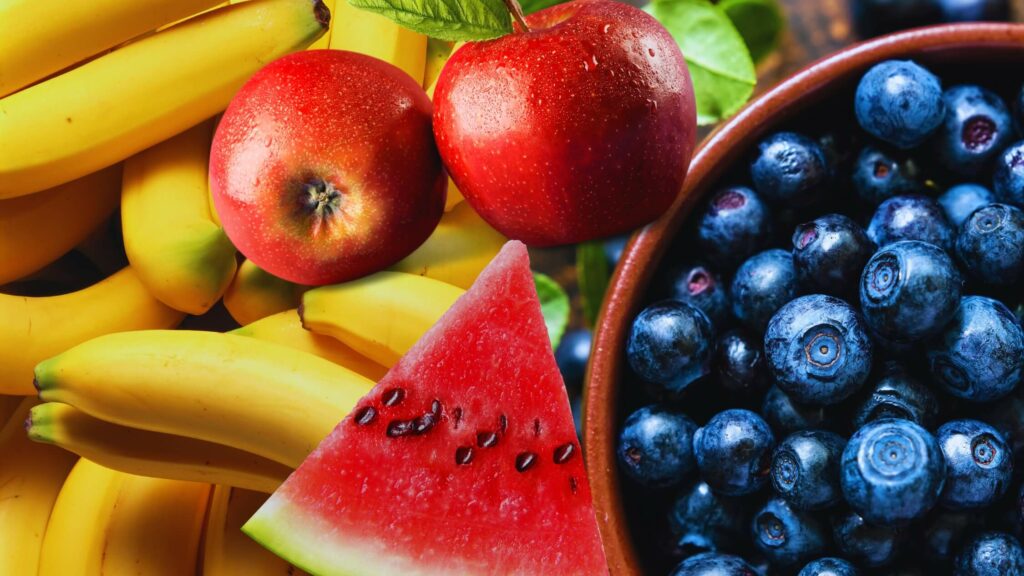
Fruits can be a flavorful and potentially nutritious addition to a cat’s diet, but it’s essential to choose them carefully and offer them in moderation. Cats are obligate carnivores, meaning their diet primarily consists of meat, so fruits should not replace essential nutrients provided by a balanced cat food.
Safe fruits for cats include:
-
- Bananas: High in potassium and vitamins, bananas can be offered in small amounts as a treat. Remove the peel and slice into small pieces.
- Apples: Provide fiber and vitamins A and C. Ensure apples are peeled, cored, and sliced into small, manageable pieces for cats.
- Blueberries: Rich in antioxidants, blueberries can be given as occasional treats. Offer them whole or mashed for easier consumption.
- Watermelon: A hydrating fruit that cats may enjoy in small amounts. Remove seeds and offer small pieces of the flesh without the rind.
- Cantaloupe: Rich in vitamins A and C, cantaloupe can be a refreshing treat for cats. Remove seeds and offer small pieces.
When offering fruits to cats, always remove any seeds, pits, and peels, as these can be choking hazards or contain harmful substances. Monitor your cat for any signs of digestive upset or allergies after introducing new fruits, and consult with your veterinarian if you have any concerns about incorporating them into your cat’s diet.
Conclusion
Incorporating safe human foods into your cat’s diet can provide not only variety but also essential nutrients that complement their regular meals. From protein-rich options like cooked chicken and eggs to fiber-packed choices such as pumpkin and cooked peas, these foods can offer additional health benefits when given in moderation. However, it’s crucial to approach this dietary supplementation with care. Always consult with your veterinarian before introducing new foods to ensure they align with your cat’s specific health needs and dietary requirements.
FAQs
Can cats eat eggs?
Yes, cooked eggs are safe and provide protein and nutrients. Avoid raw eggs.
What fruits can cats eat?
Safe options include bananas, apples (peeled), blueberries, and watermelon (seedless).
Is cheese safe for cats?
Yes, in small amounts. Opt for low-lactose varieties and avoid seasoned or flavored types.
How should I introduce human foods to my cat’s diet?
Start gradually, monitor for reactions, and consult your vet to ensure foods align with your cat’s health needs.

